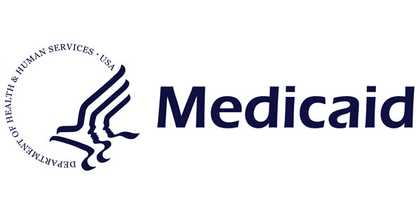





Save $250 off braces or Invisalign!*
Schedule your appointment online.
Here is a list of the most common orthodontics questions we get. If you can’t find the answer you are looking for, feel free to contact us.
Braces
Do braces hurt?
Braces usually don’t hurt. You may feel a small amount of discomfort for a couple days as your teeth, gums, cheeks, and mouth get used to your new braces.
Do I need to brush my teeth more with braces?
With braces, you should brush your teeth at least three times a day to keep your teeth, gums, and mouth healthy and clean. Brushing regularly will help remove any food that may be caught between the braces. You should also floss daily to get in between your braces where your brush isn’t able to reach.
If I get braces, how long will I wear them?
The amount of time spent in braces will vary, depending on the individual patient, because every smile responds differently to treatment. Treatment times can take anywhere between six and 30 months, but most standard treatments take about 22 months.
Invisalign
What is Invisalign® Treatment?
Invisalign® treatment is the process of wearing a series of clear, removable aligners that gradually straighten your teeth. There are no brackets, wires, or restrictions that come with metal braces.
How long is Invisalign® treatment?
The length of Invisalign® treatment depends on multiple factors, including how complex your case is and how often you wear your aligners. You doctor will determine exactly how long your treatment will take based on specific needs.
How often do I wear the aligners?
Wear your Invisalign® aligners 20-22 hours a day to achieve the best result. Invisalign® clear aligners fit your life. You can remove your aligners for eating, drinking, brushing, flossing, special occasions, and playing your favorite sport or instrument.
What are the benefits of Invisalign® treatment?
Invisalign® treatment is much more than a pretty smile. Crowded teeth are more difficult to clean, causing build-up of plaque that causes gingivitis and may lead to bone loss and periodontal disease. Invisalign® clear aligners align teeth, improve periodontal hygiene, and are non-evasive, resulting in easier teeth cleaning.
Who can use Invisalign® clear aligners?
Invisalign® treatment can be a great solution for both adults and teens looking for a virtually invisible method to improve their smile. Invisalign® clear aligners make it possible to correct common teeth-straightening and bite issues, from simple to complex – all without interrupting your busy life.
What are Invisalign® clear aligners made of?
Invisalign® clear aligners are made with patented flexible plastic material called SmartTrack created exclusively for Invisalign® treatment. Invisalign® clear aligners are FDA_approved and contain no BPA, PBS, latex or gluten.
General Orthodontics Questions
What’s the best age to visit the orthodontist?
If you want to improve the look and feel of your smile, then any age can be a great time to see the orthodontist. The American Association of Orthodontists recommends that children first visit an orthodontist around the age of seven; however, orthodontic treatment is not exclusive to children and teens. Whether you’re considering treatment for yourself or for a child, any time is a good time to visit the orthodontist.
What is an orthodontic emergency?
Orthodontic emergencies are either when you’re in an intense amount of pain (not including soreness), if your orthodontic appliance or braces are broken, if a wire is embedded in the cheek or gum tissue causing pain or bleeding, or if there is trauma to the mouth involving orthodontic appliances.
What should I do if I have a orthodontics emergency and cannot reach my regular orthodontist?
If for some reason you cannot get in touch with your regular orthodontist, the action you take will depend on the severity of your ortho emergency. If the issue is relatively minor you may choose to wait until you are able to see your regular orthodontist. In an urgent situation, you may require immediate assistance and should seek the help of an available orthodontist or in some cases the emergency room.








